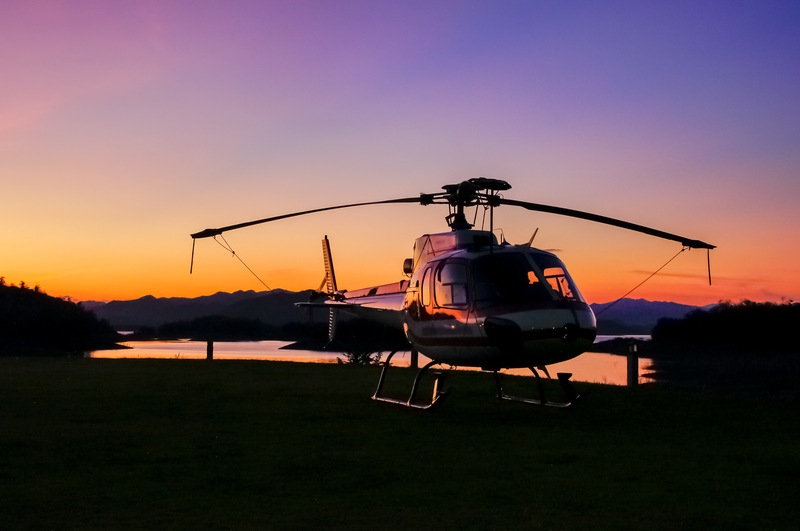☰ Menu
Menu

The history of helicopters can be traced back to the 1880s, with Thomas Alva Edison. He used to experiment with helicopter-like models, focusing on engines research and rotor design. During this time, development began in Europe also, focusing on rotary wing aircraft concepts. In the early 20th century, only four years after the Wright brothers’ first successful flight, two individuals in France independently constructed and tested two rotating wing aircrafts that introduced integral technical concepts to modern helicopters, but it was still incapable of sustained flight; it only lasted about two minutes in the air, and needed four people to keep it working. This was combined with the effort of two Russians’ in 1912 on vertical lift machines, which resembled modern helicopters in their use of a main and tail rotor.
1920s
The CA Autigro was created in 1920 by Spanish engineer Juan de la Cierva, and is typically marked as the start of the helicopter era. It resembled a hybrid between a fixed wing airplane and a helicopter, having traditional airplane wings with a tail and rotor mounted on a vertical shaft. The rotor itself was not engine-powered, but turned by airflow acting on the blades. While the engine created the horizontal motion, the rotors generated the vertical motion. At the same time, in the U.S., a hybrid helicopter was created that could move up to 40 mph and rise 15 feet.
1930s
In Kiev, Russia (now Ukraine), Igor Skirosky, who is widely considered the father of helicopters, pioneered the rotorcraft technology that we see in the modern day. After moving to the U.S., he created an experimental design that had a single three-bladed main rotor with a two-bladed vertical rotor on the tail. Though there were a number of failed attempts at working with this, it eventually achieved sustained flight and stayed airborne for 90 minutes. Around this time, the Focke-Wulf airplane company in Germany created the Fa-61, which closely resembled Cierva’s autogiro, but with a powered rather than propelled rotor.
1940s
In 1940, U.S. Congress passed a bill to provide $2 million dollars for helicopter research in the U.S. W. Laurence LePage and Haviland H. Platt created a helicopter capable of reaching speeds of nearly 100 mph, but the vehicle was difficult to control, had poor visibility, and vibration issues, which were troublesome for nearly all aircraft research at the time. Sikorsky was still at work, creating the XR-4 that wound up becoming America’s first production helicopter. In 1943, Frank Piasecki, mechanical and aeronautical engineer, created the Army Air Corps’ first contracted helicopter. His success made him pressed to then create the world’s largest helicopter, the “Flying Banana”, having over three times the payload of any other working helicopter.
1950s
In the U.S., Stanley Hiller worked on creating the first practical and affordable helicopter, with manufacturing costs of about $5,000 a piece. In Germany, Anton Flettner thought to add a jet-turbine engine, replacing reciprocating piston engines which were previously used. This turbine made future helicopters safer and more reliable. In 1956, The “Huey”, seen in the Vietnam War (and also the show M*A*S*H), was created and eventually used as the most versatile helicopter of its time, being used to carry the wounded, ferry the troops, and deliver cargo.
Modern Day
The Black Hawk, the most popular helicopter in the U.S. military at 2,400+ in use, was designed in 1972. It featured a crash-resistant cabin, landing gear capable of cushioning hard landings, ad two engines that were both individually capable of keeping the aircraft airborne. In 1982, the controversial Apache helicopter was made, being capable of killing tanks and fast assault. This helicopter was seen extensively used in the 1991 Persian Gulf War.
Now, we see helicopters in use for even recreational activities. Helicopter tours are one of the most fun modern innovations provided by the extensive, 100+ year-long development. Contact Cocoa Beach Helicopter today to appreciate how far this technology has come from the glorious skies of central Florida!